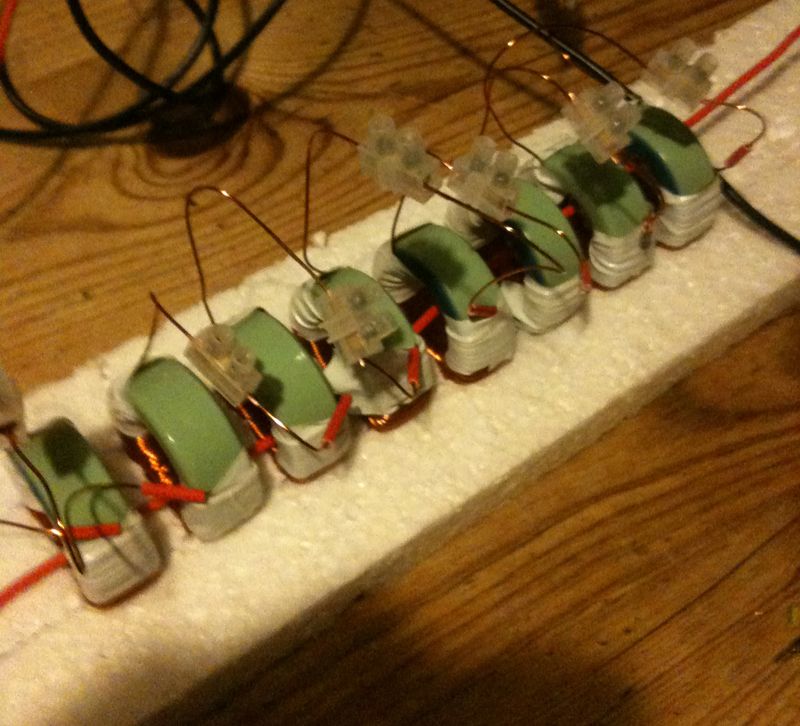Magnetic Amplifier to create two unphased signals
Hi all,
I am pretty sure that with a magnetic amplifier (saturable reactor) we can get the two opposite signals needed for the Figuera´s 1908 patent. For example: an audio amplifier (push-pull) may be implemented with a magnetic amplifier.
Idea: use a rectified AC signal as input to a magnetic amplifier in order to regulate the output signal with negative feedback, (negative gain) so that an increase in the input will make a decrease in the output (see attached sketch)
Some important facts about mag amp:
"The magnetic amplifier, like the vacuum tube and the transistor, is an electrical control valve where a smaller current controls another circuit´s larger current"
"With a magnetic amplifier you can control AC load current only. For DC applications it is possible to control an AC current and rectify the output"
"Magnetic amplifer control circuits should accept AC input signals as well as DC input signals. The DC input signal is called "bias". The most effective way to apply bias to a saturable core and also allow AC input signals to control the magnetic amplifier is to use a bias winding"
I attach an schematic to clarify this idea. The schematic is just to show the main idea. It is not a working design because I am not an expert (maybe someone more skillfull into mag amps may design a working device...). The main advantage is that this will be a very easy implementation. Any expert around here?

Magnetic Amplifier Overview (Trinkaus,2006)
Magnetic Amplifier (link 1)
Magnetic amplifier (link 2)
Magnetic Ampifier (link 3)
Magnetic Amplifier (link 4)
Directory with some books
Regards
Hi all,
I am pretty sure that with a magnetic amplifier (saturable reactor) we can get the two opposite signals needed for the Figuera´s 1908 patent. For example: an audio amplifier (push-pull) may be implemented with a magnetic amplifier.
Idea: use a rectified AC signal as input to a magnetic amplifier in order to regulate the output signal with negative feedback, (negative gain) so that an increase in the input will make a decrease in the output (see attached sketch)
Some important facts about mag amp:
"The magnetic amplifier, like the vacuum tube and the transistor, is an electrical control valve where a smaller current controls another circuit´s larger current"
"With a magnetic amplifier you can control AC load current only. For DC applications it is possible to control an AC current and rectify the output"
"Magnetic amplifer control circuits should accept AC input signals as well as DC input signals. The DC input signal is called "bias". The most effective way to apply bias to a saturable core and also allow AC input signals to control the magnetic amplifier is to use a bias winding"
I attach an schematic to clarify this idea. The schematic is just to show the main idea. It is not a working design because I am not an expert (maybe someone more skillfull into mag amps may design a working device...). The main advantage is that this will be a very easy implementation. Any expert around here?

Magnetic Amplifier Overview (Trinkaus,2006)
Magnetic Amplifier (link 1)
Magnetic amplifier (link 2)
Magnetic Ampifier (link 3)
Magnetic Amplifier (link 4)
Directory with some books
Regards


Comment